After 2 years of construction, the "backbone" expressway in the West has reached 58% completion and has begun laying the first meters of asphalt concrete. To ensure progress, contractors mobilized more than 2,800 personnel to deploy 234 construction teams throughout Tet.
The Can Tho - Ca Mau Expressway is considered the most important route in the Mekong Delta region. The project is nearly 111km long (of which the Can Tho - Hau Giang section is nearly 38km; Hau Giang - Ca Mau is more than 73km) passing through Can Tho City and the provinces of Hau Giang, Kien Giang, Bac Lieu and Ca Mau.
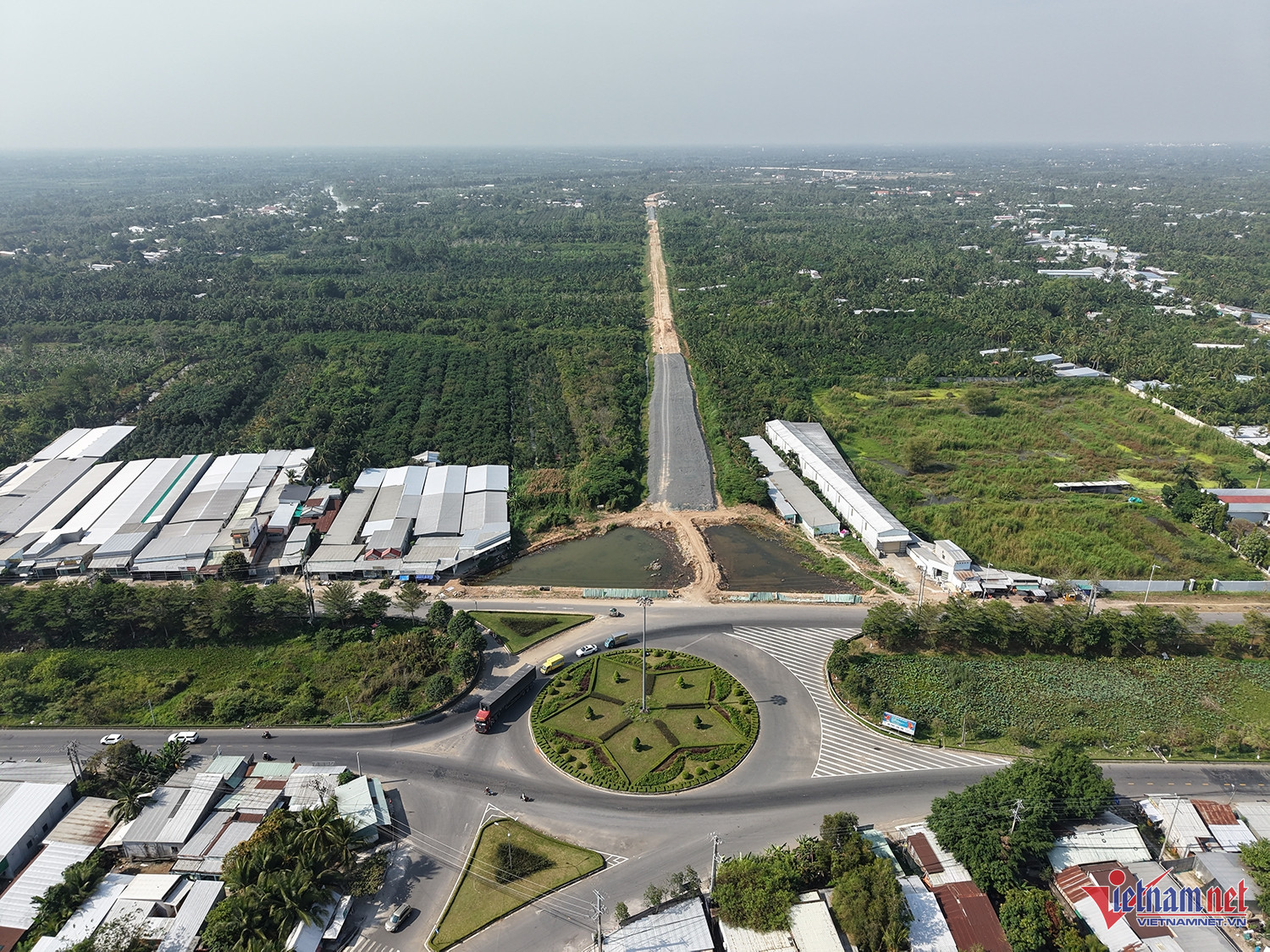
The project has a total investment of more than VND 27,500 billion, invested by My Thuan Project Management Board (under the Ministry of Transport). The project started on January 1, 2023 and is expected to be completed by the end of 2025.
Can Tho - Ca Mau Expressway has a scale (phase 1) of four lanes, cross-section of 17m. The starting point of the project is at IC2 intersection, connecting to National Highway 91 - Nam Song Hau (in Cai Rang district, Can Tho city); the end point connects to Ca Mau city bypass.
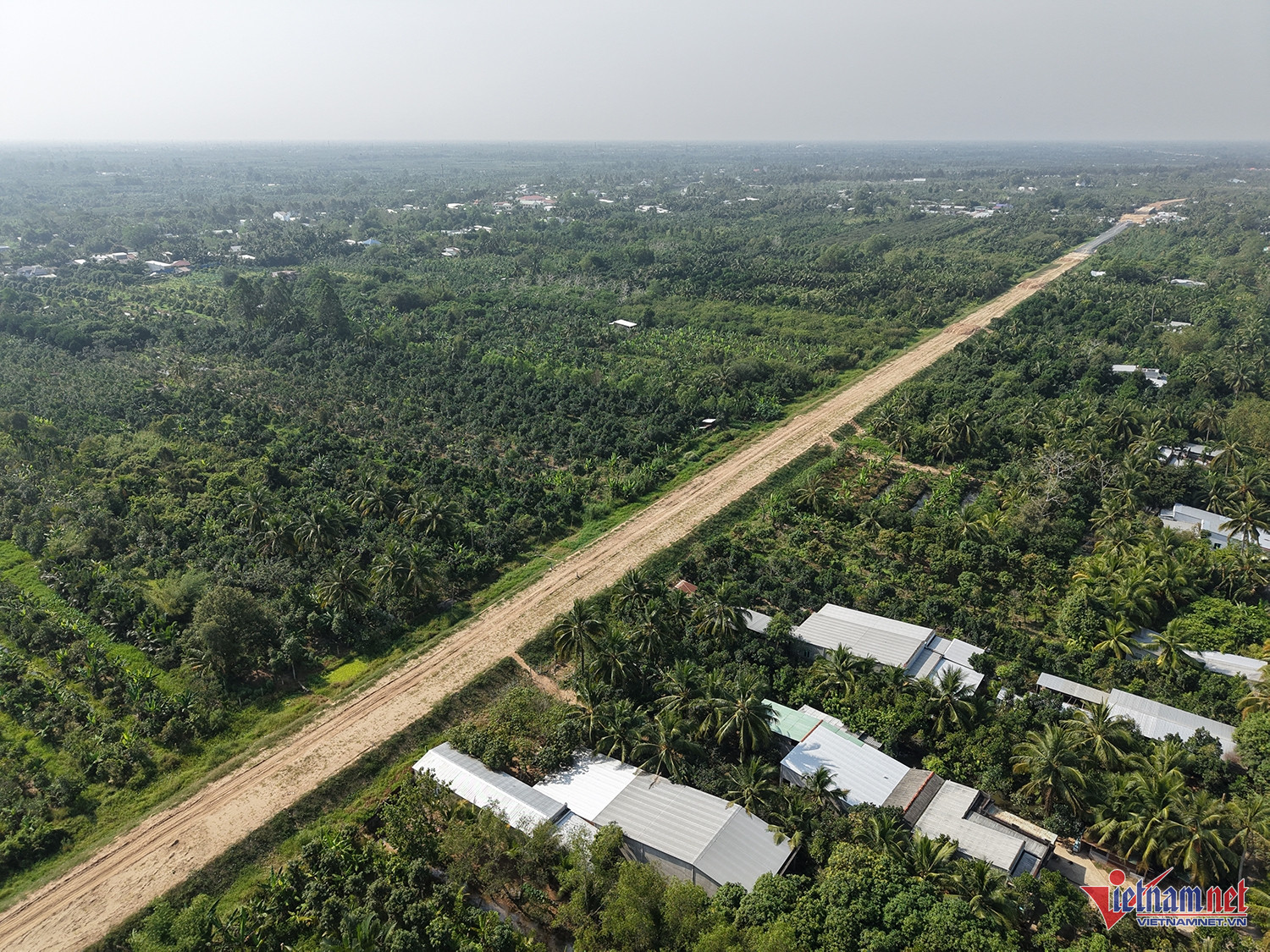
According to the investor, the total construction output of the project has reached 58%. Of which, the Can Tho – Hau Giang section has reached 64% and the Hau Giang – Ca Mau section has reached 55%. Localities have completed site clearance and handed over 100% to the project.
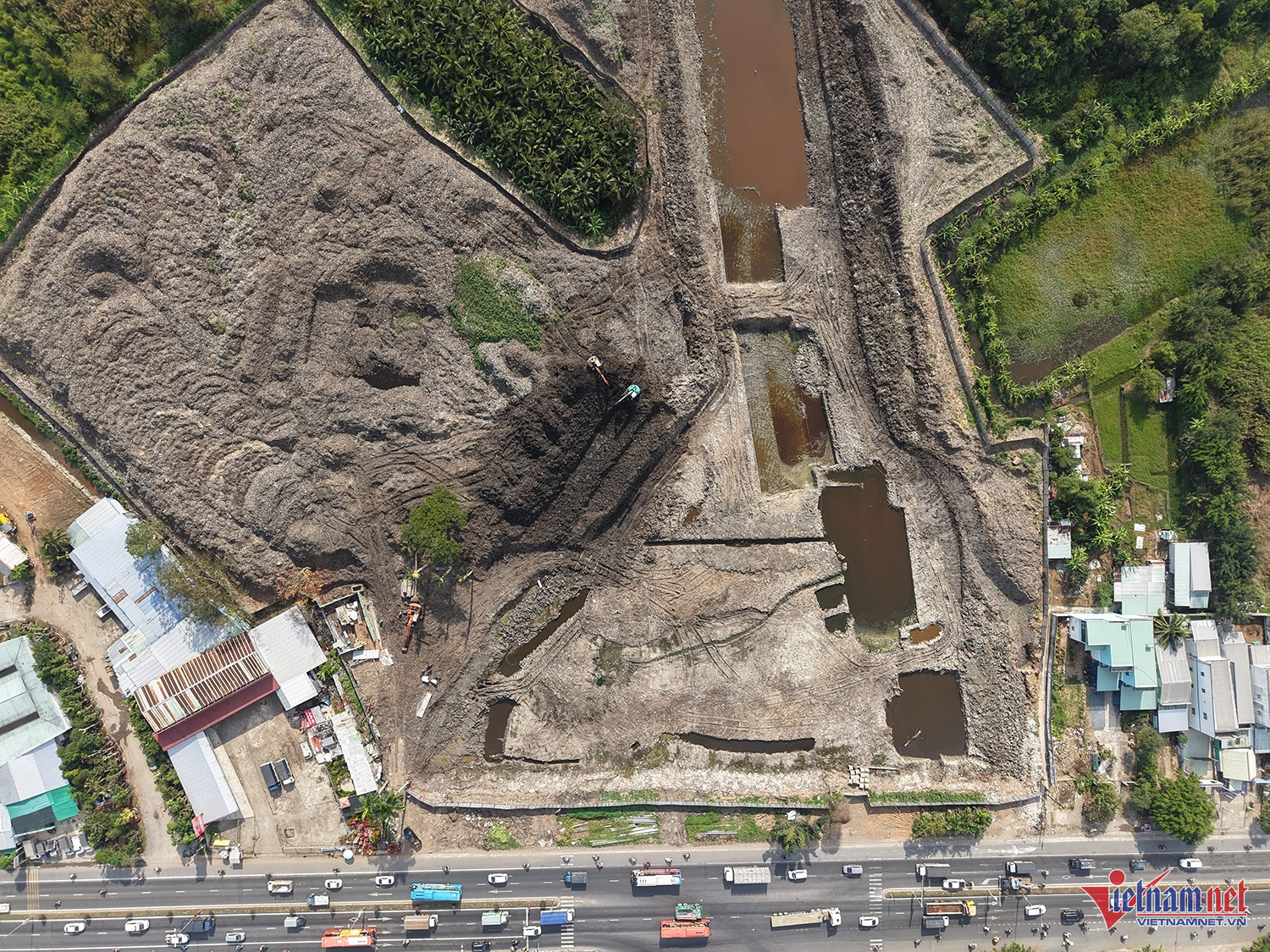
My Thuan Project Management Board said that most contractors organized to work throughout the Lunar New Year 2025. Previously, because the material mines, transport units, and suppliers were off for 3 days (29th, 1st, 2nd lunar month), construction units also worked overtime, increased shifts in the days before Tet, increased the capacity of gathering materials and supplies at the staging area to ensure project progress.
Currently, the entire project mobilizes more than 2,800 personnel and nearly 1,000 pieces of machinery and equipment to simultaneously deploy 234 construction teams. The main construction items include roadbed compaction, load-bearing embankment, curb and embankment construction, pile driving, girder placement and concrete pouring of bridge deck.
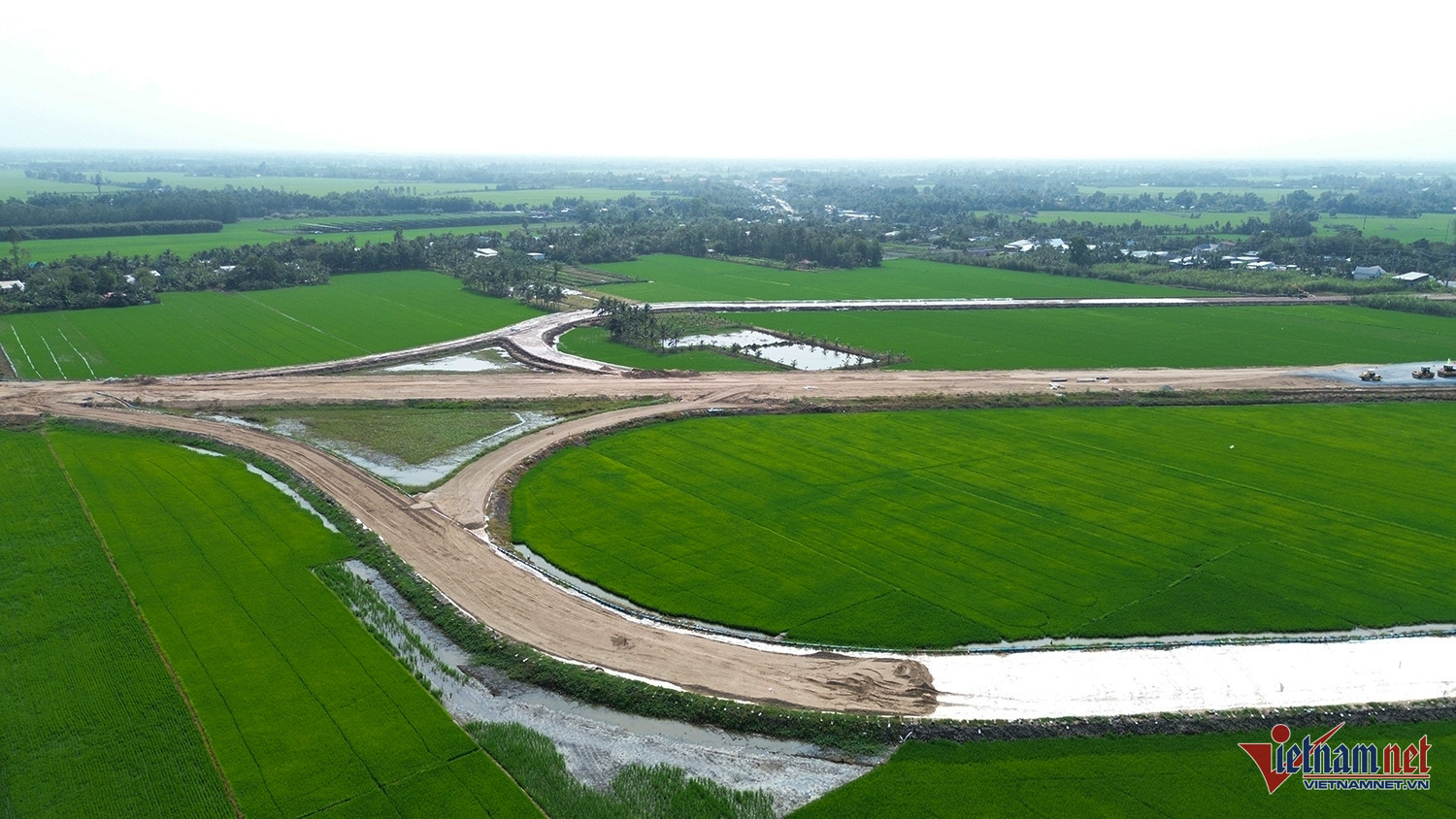
According to VietNamNet reporters, at the end of January at the IC5 intersection constructed by Truong Son Construction Corporation (Truong Son Company - PV), workers are rushing to clean the bridge surface and prepare asphalt in the next few days.
“The unit has undertaken the construction of about 21km and 20 large and small bridges with an investment of about 3,700 billion VND, with output reaching 65%, ensuring project progress. The company's goal is to complete all bridges by March 30,” informed Mr. Nguyen Thanh Vinh - Deputy Executive Director of Truong Son Nam Board (under Truong Son Company).
In addition to working at the construction site, the unit will organize spring and Tet activities so that workers can still feel warm and have a meaningful Tet holiday.
Previously, at the end of December 2024, Truong Son Company paved the first meters of asphalt concrete on the Can Tho - Ca Mau expressway. After the quality test results are available, the company will proceed to mass asphalt concrete paving the entire main route and bridges.
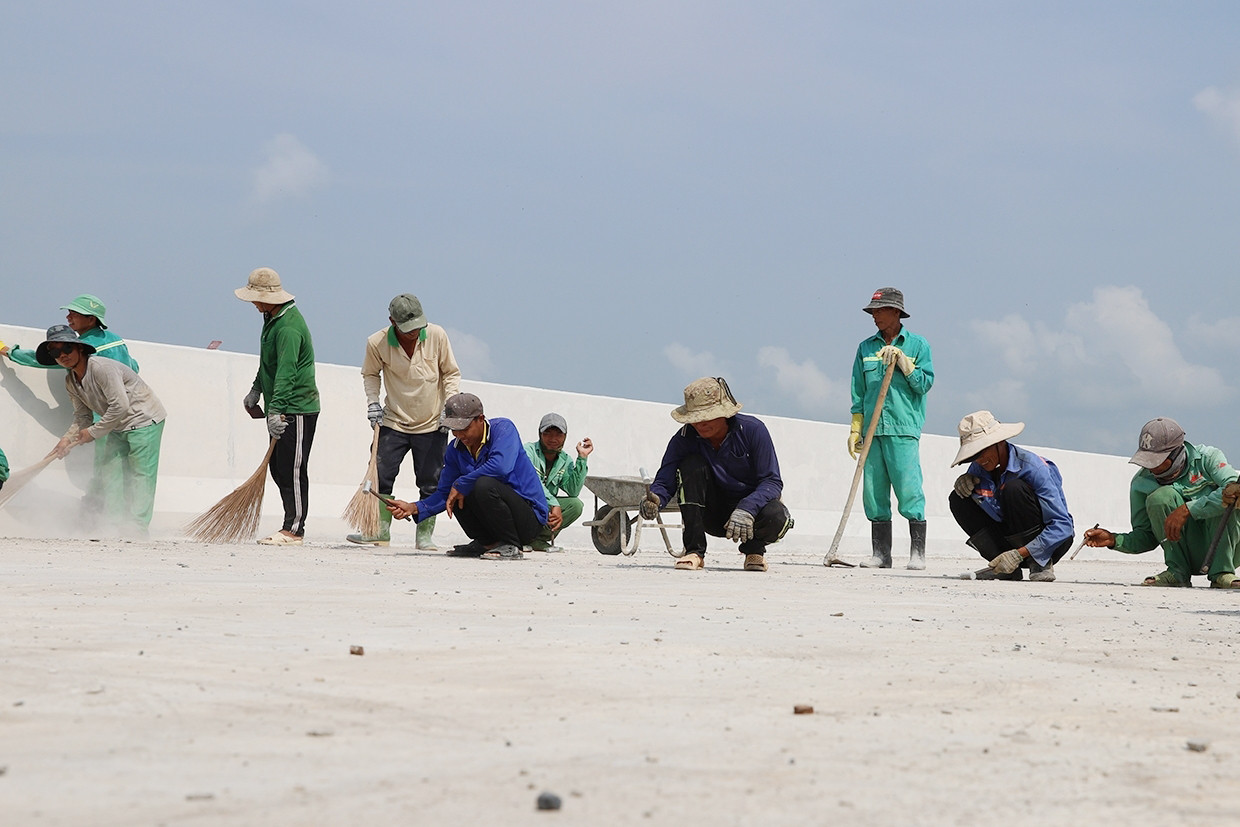
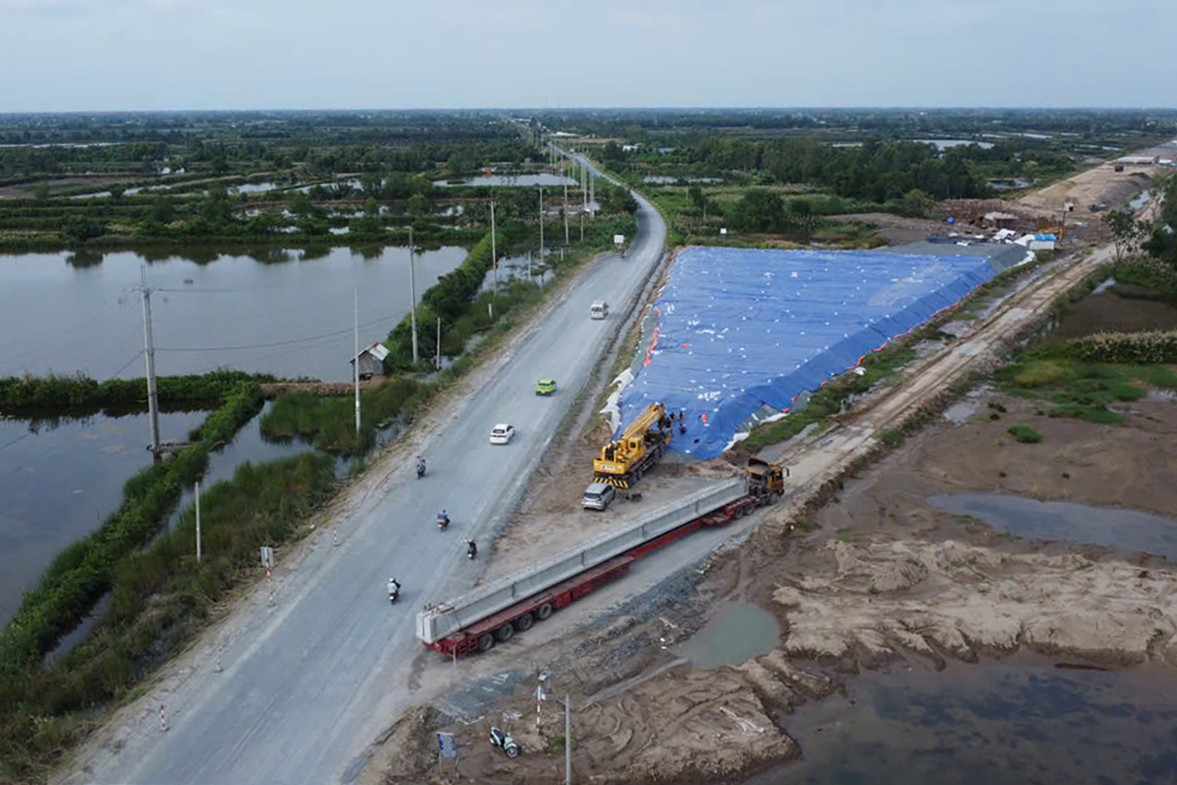
Source: https://vietnamnet.vn/hon-2-800-nguoi-thi-cong-xuyen-tet-tuyen-cao-toc-xuong-song-mien-tay-2366786.html



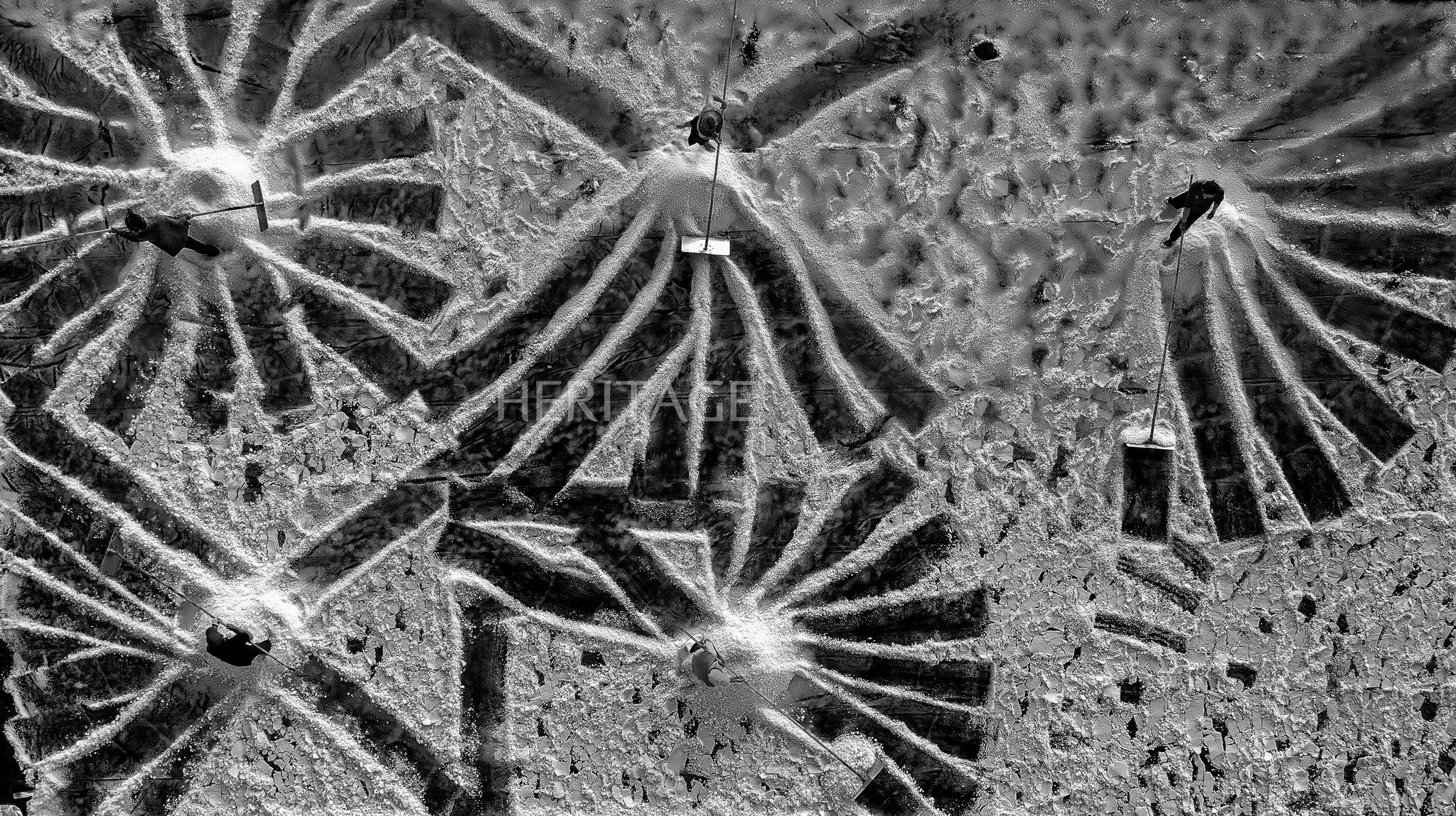


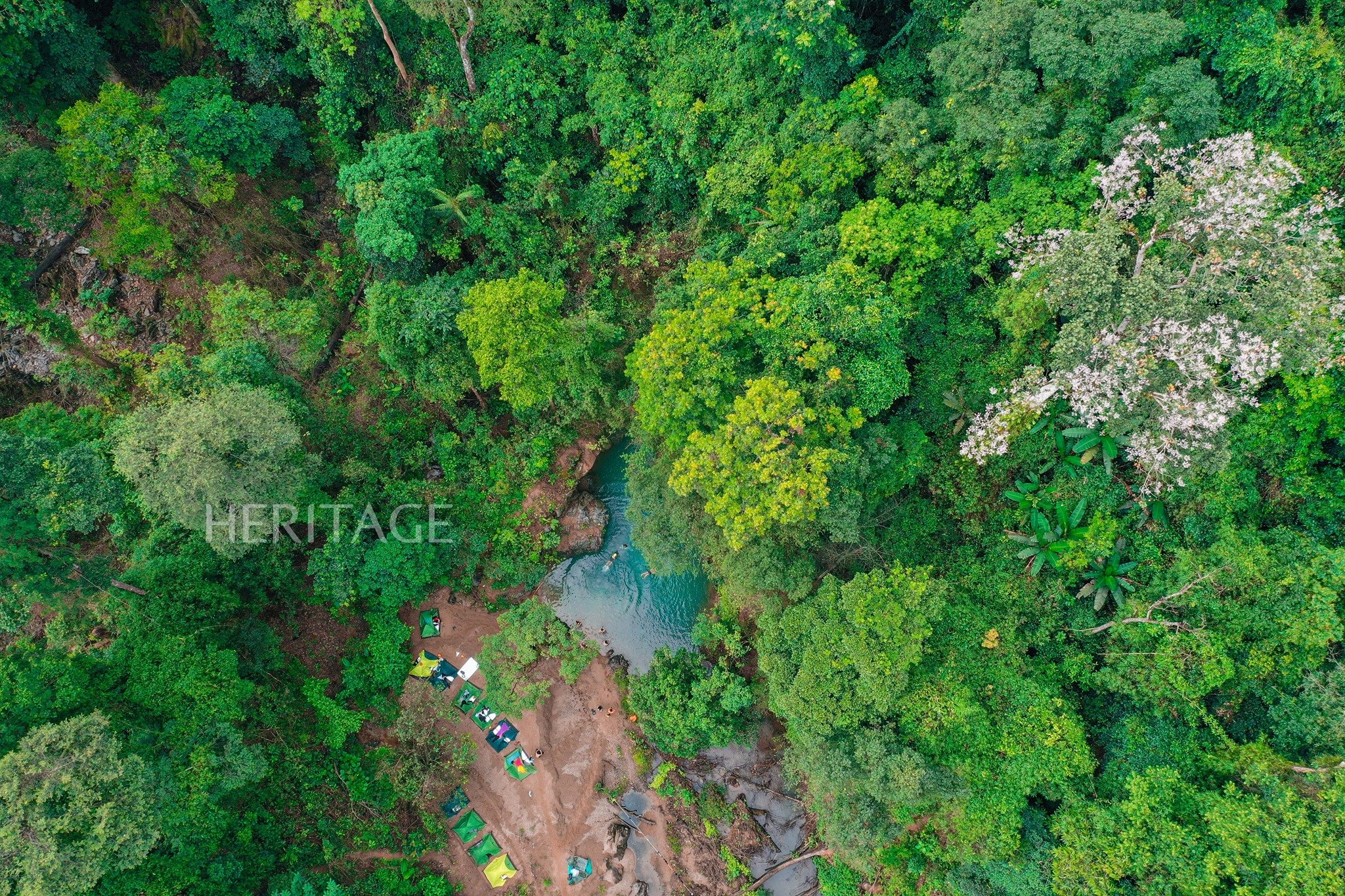

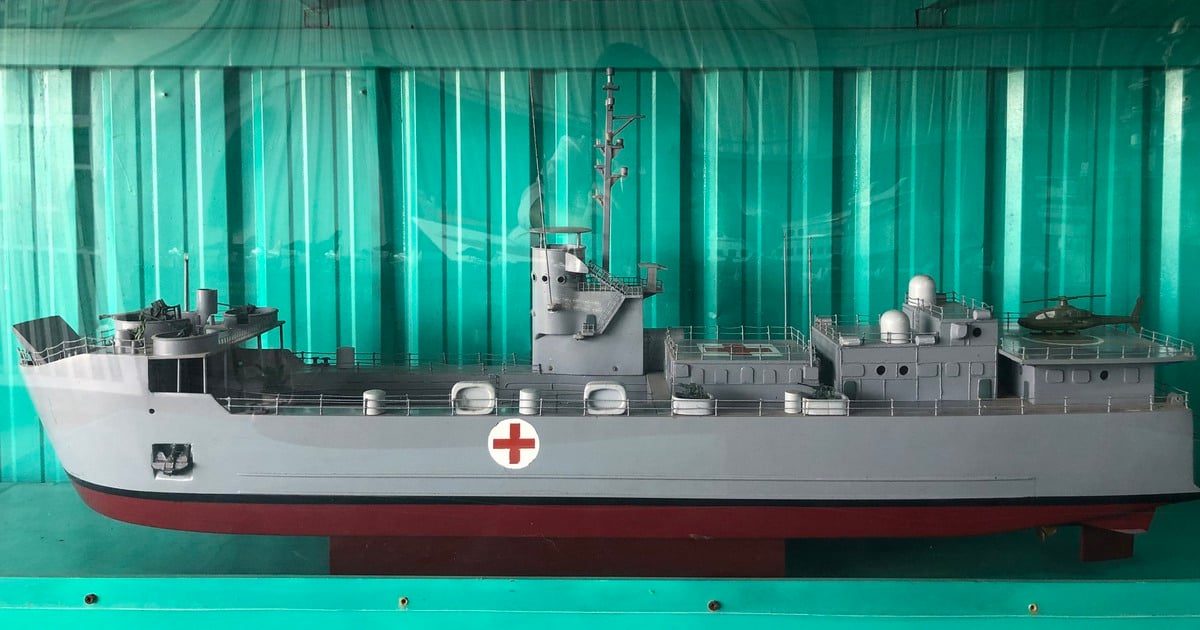

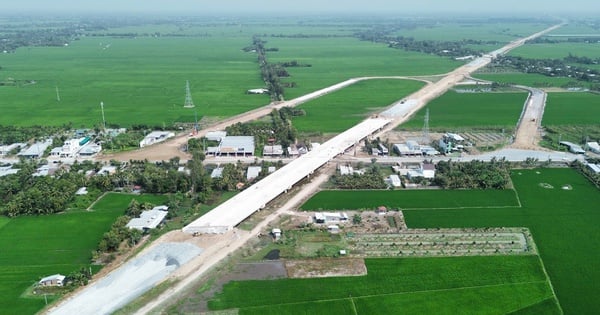



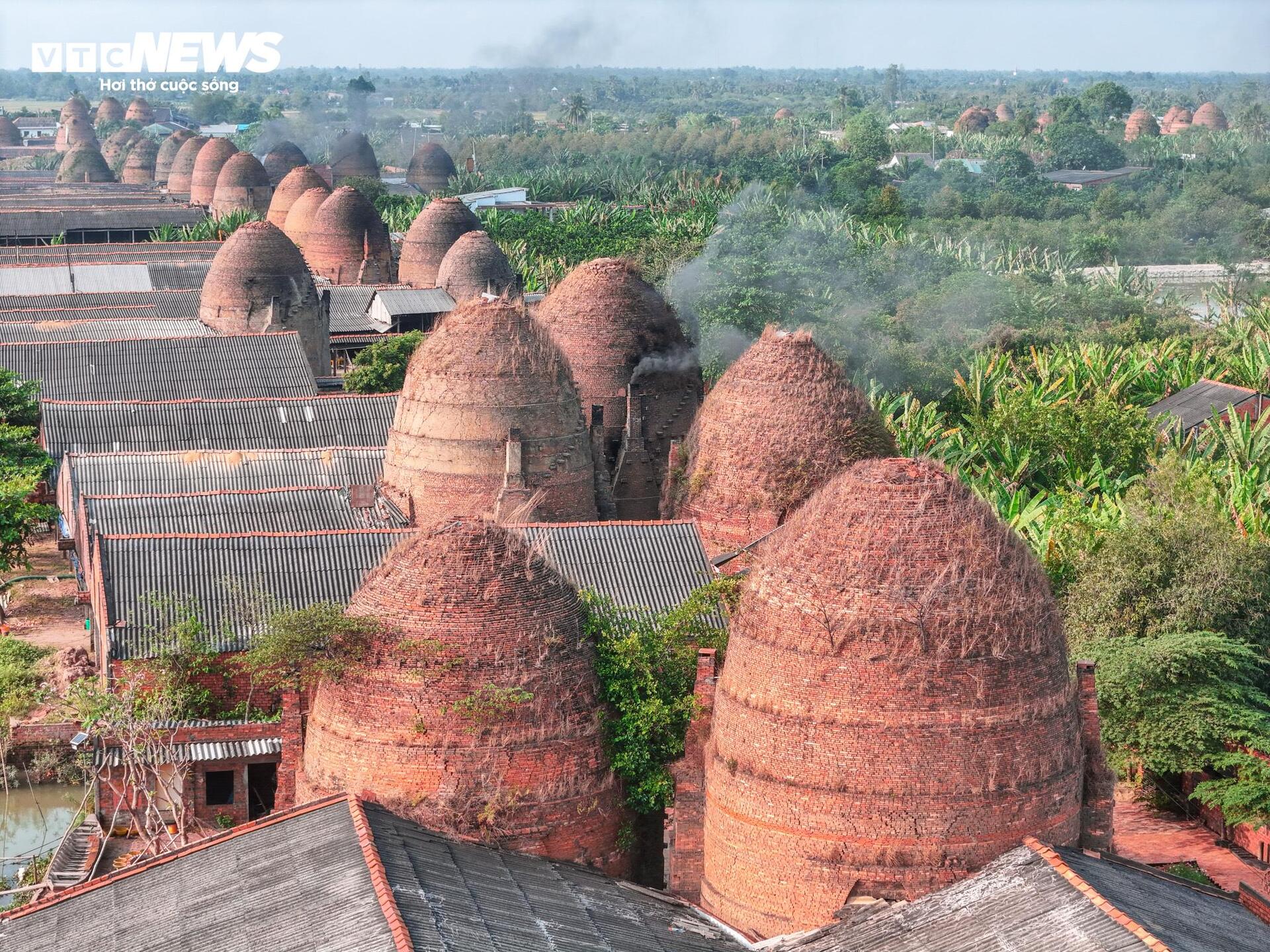

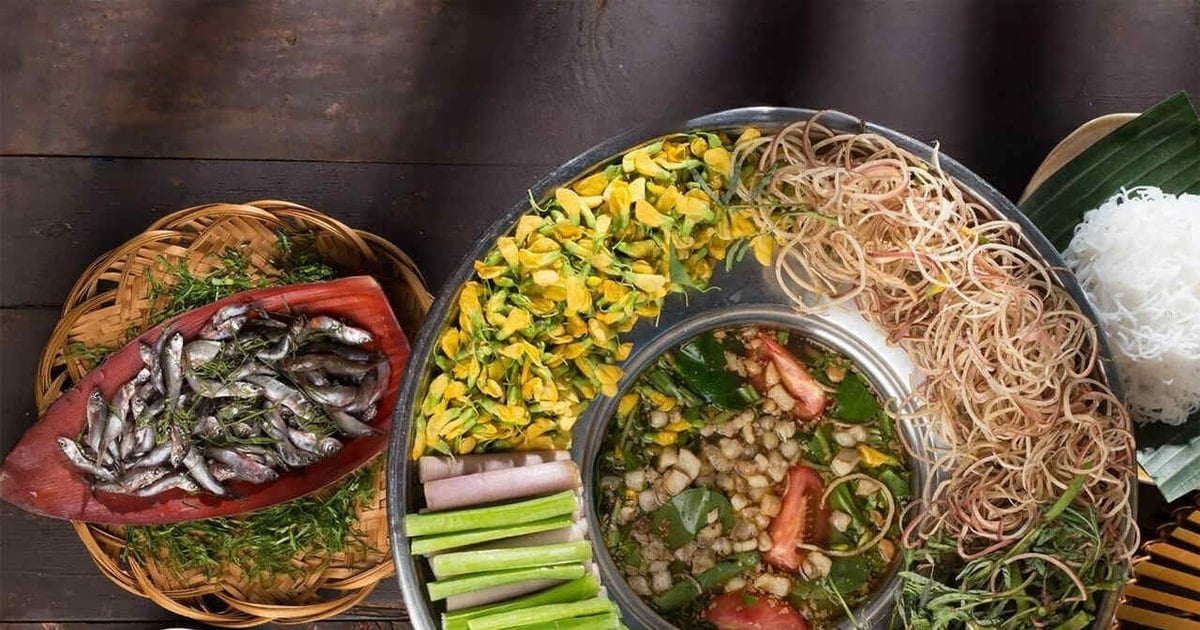


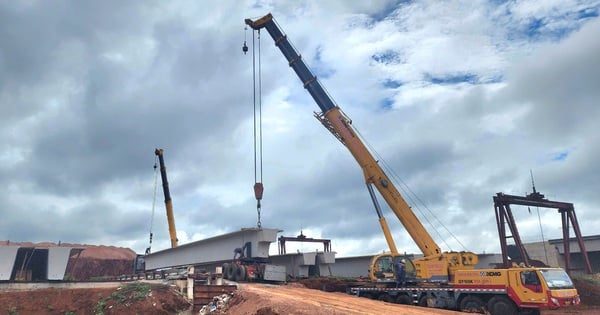



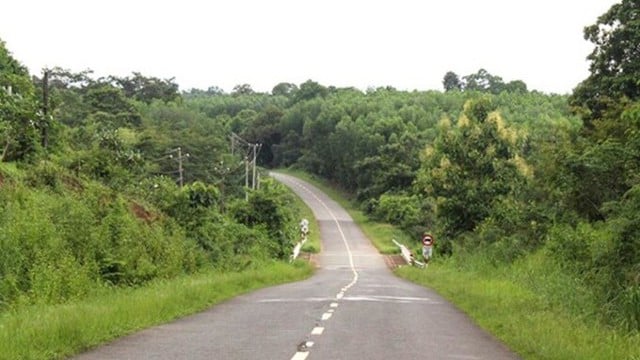


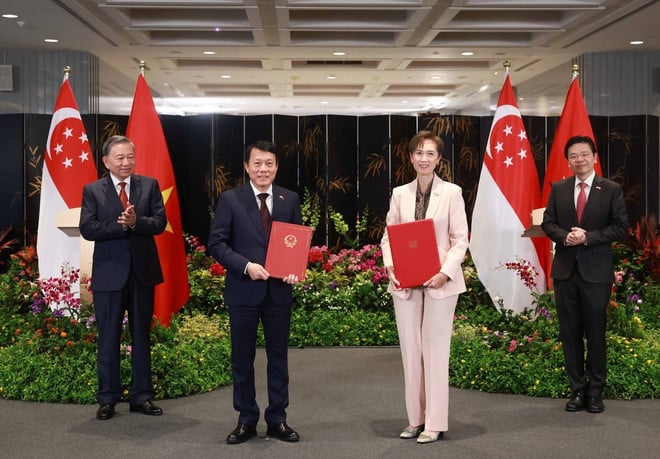





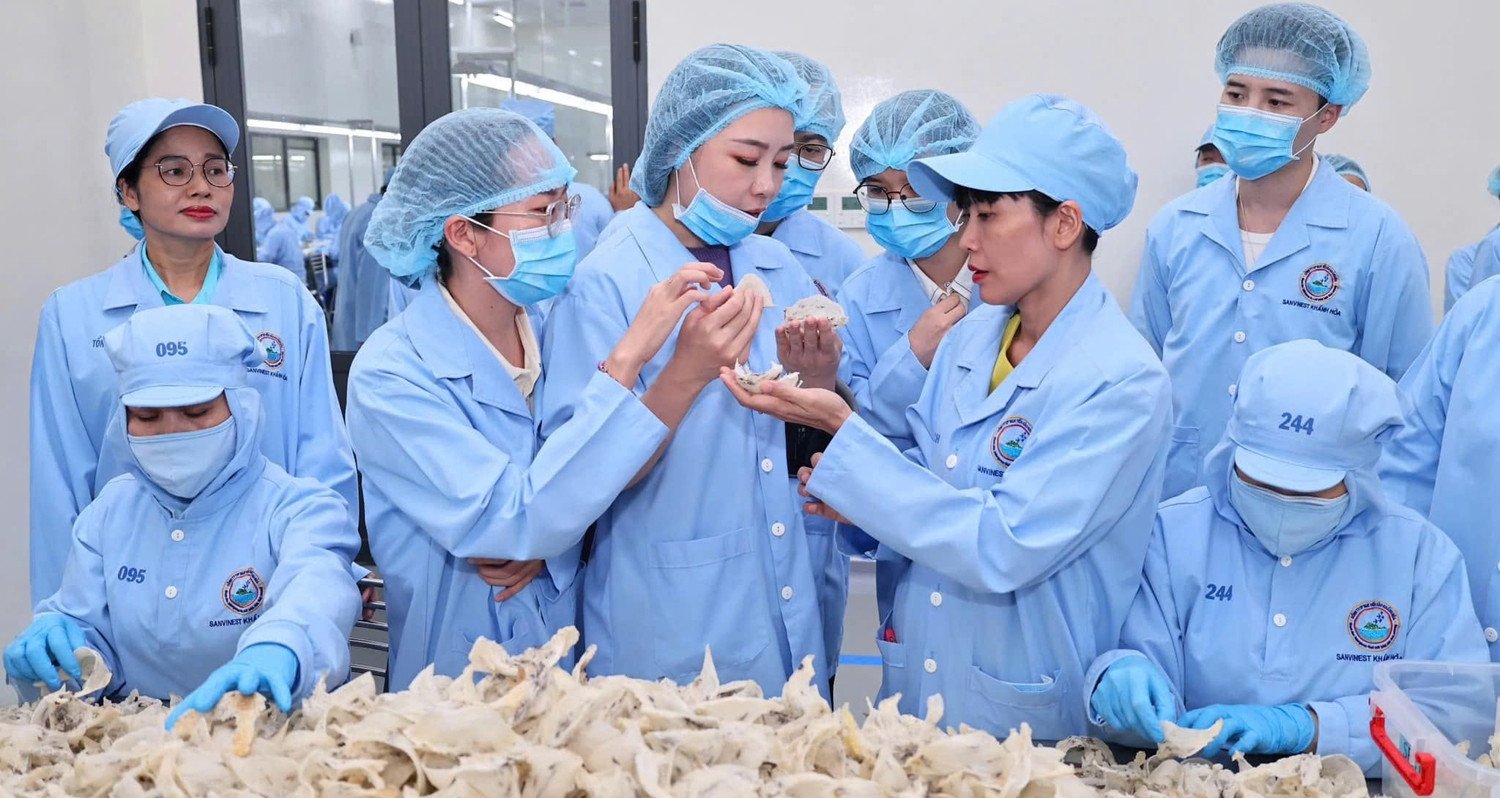
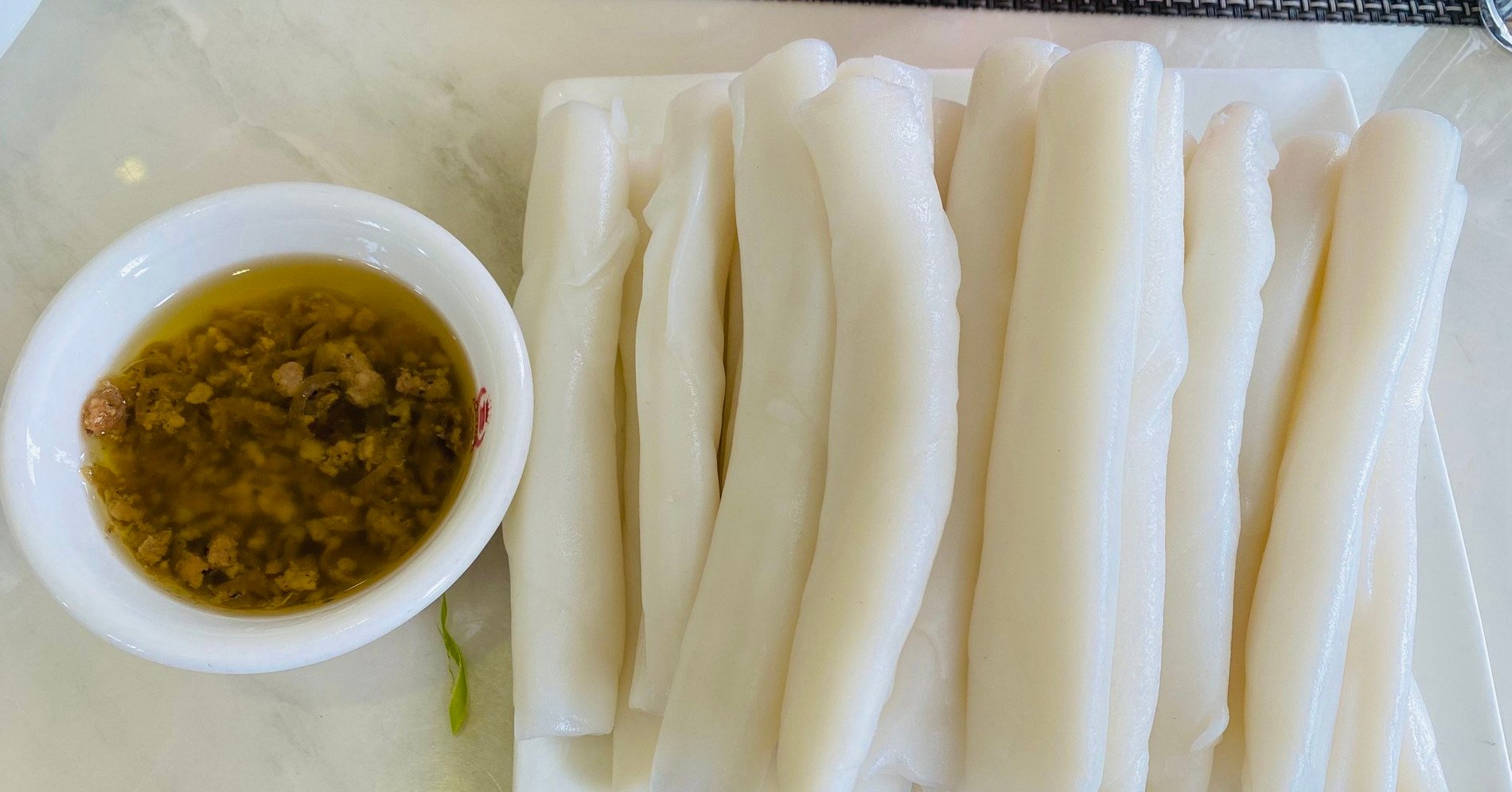
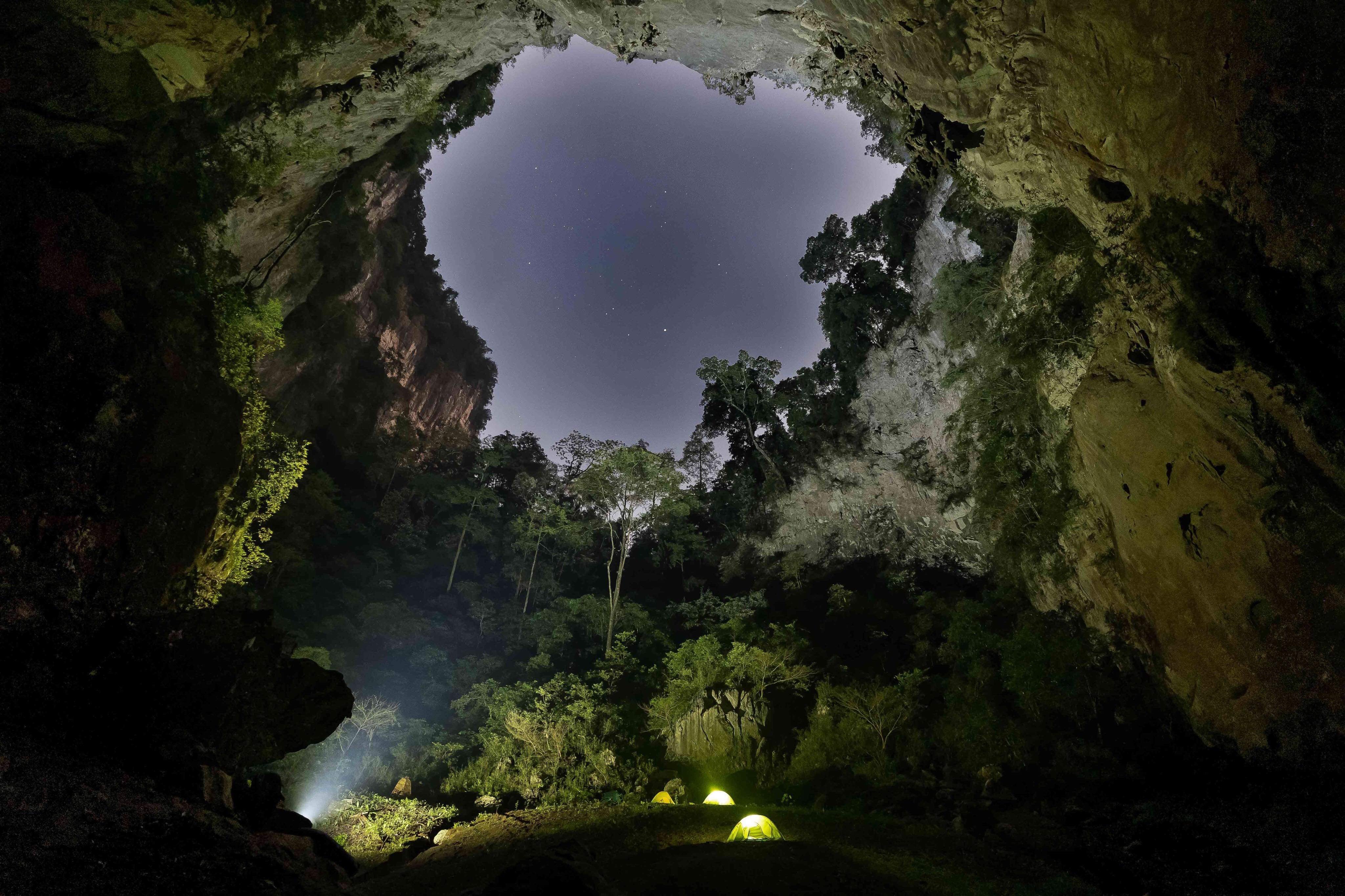

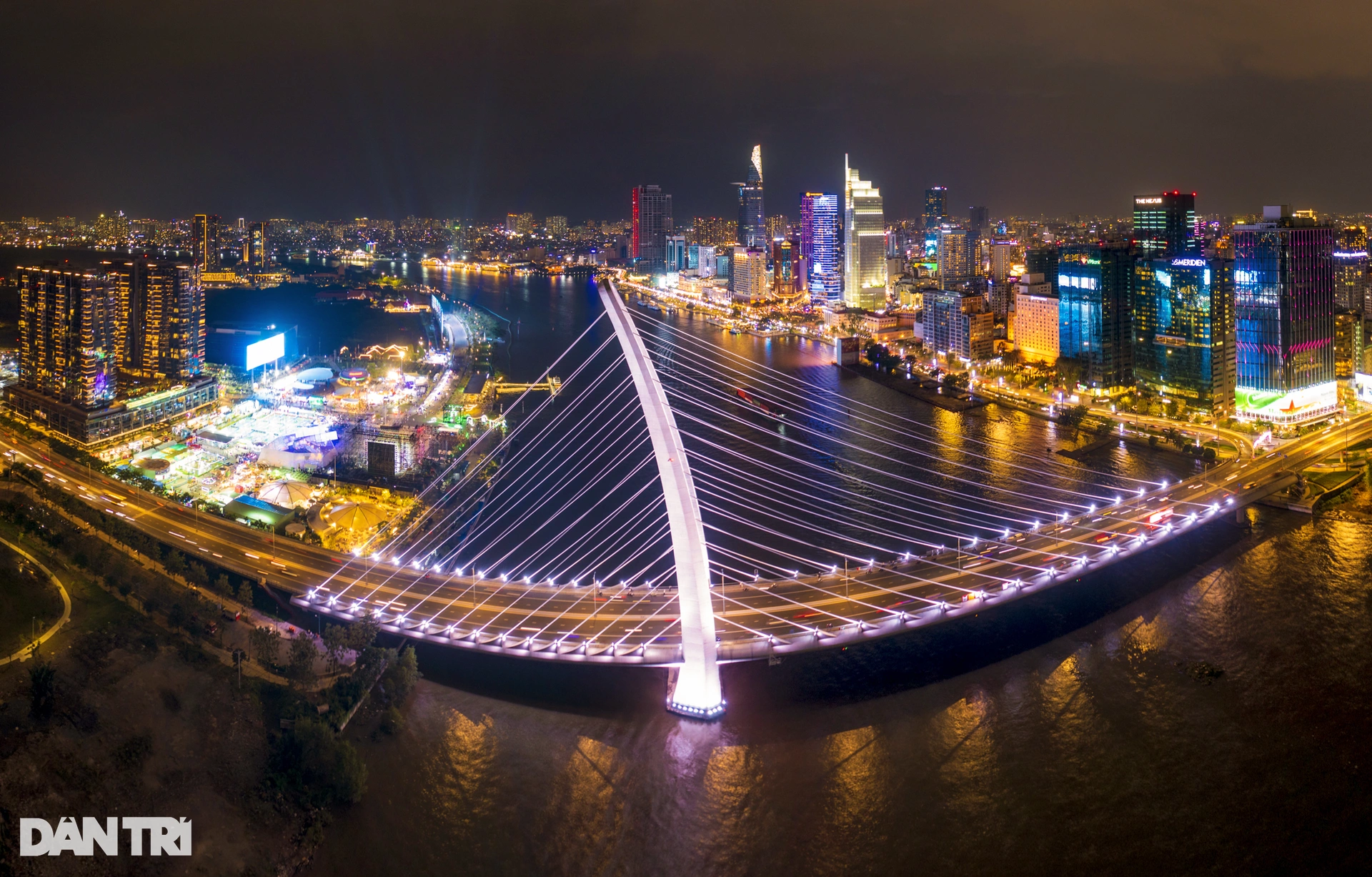

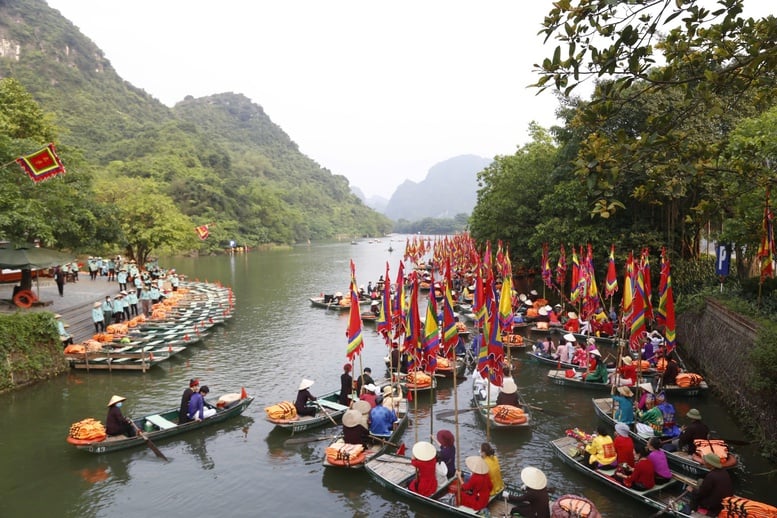





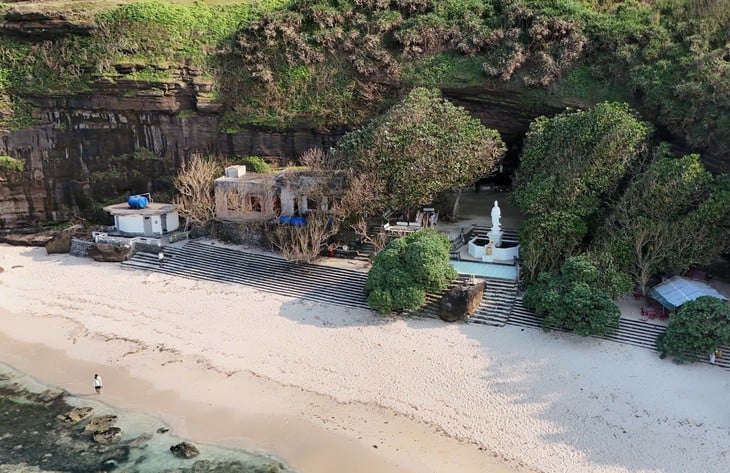






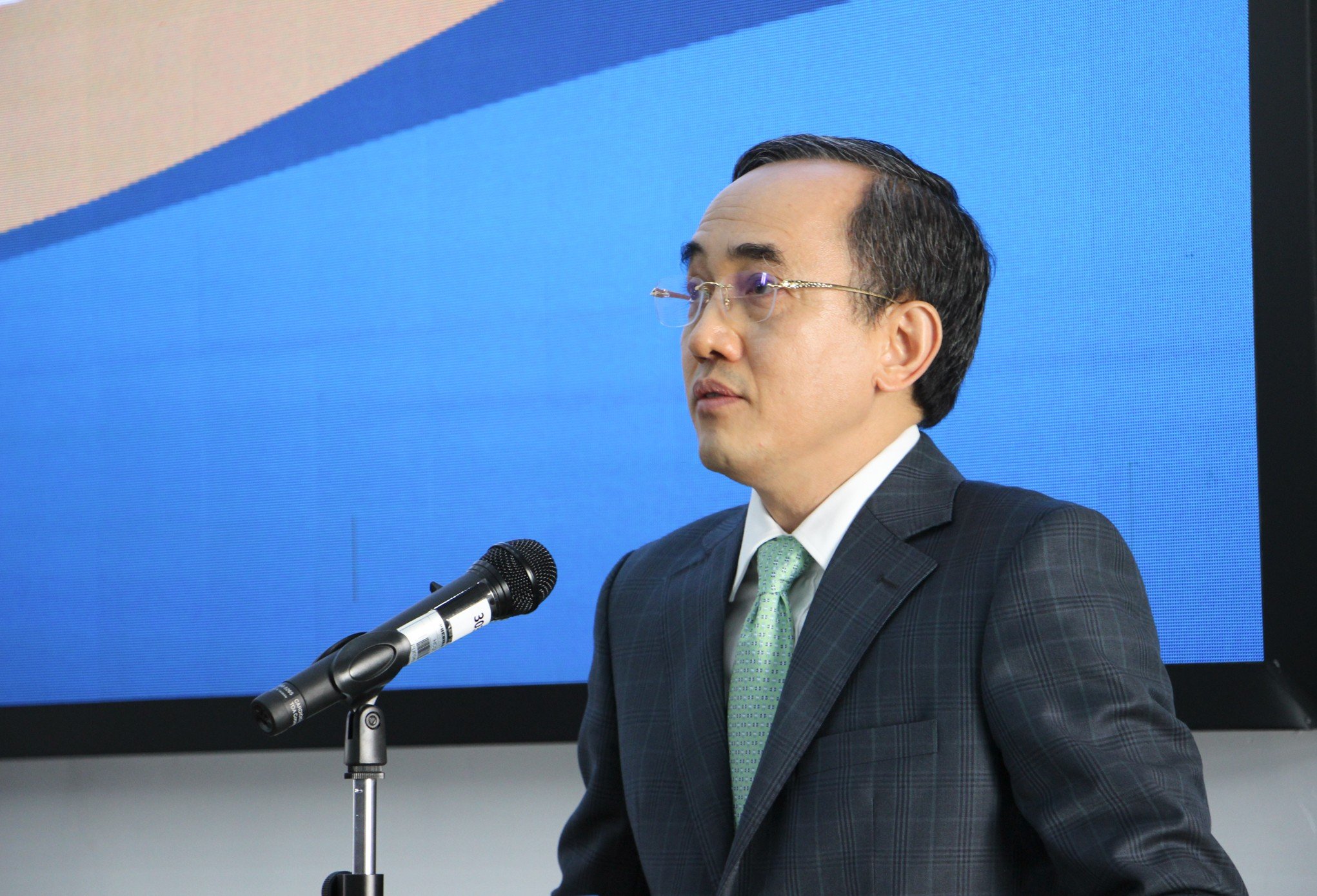













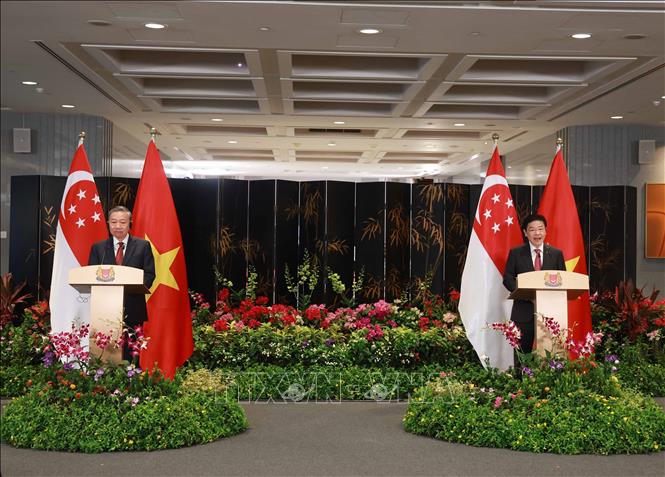



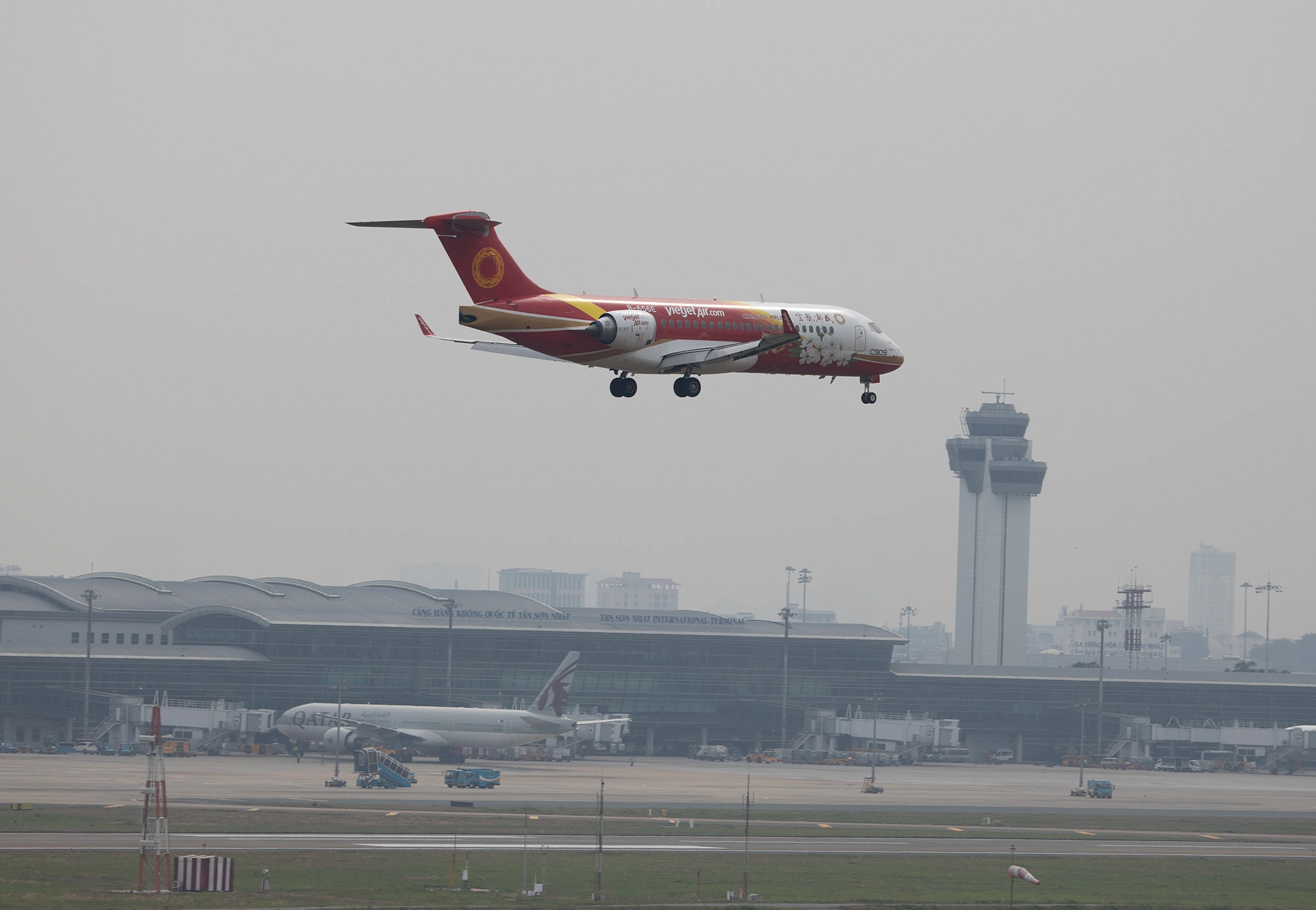




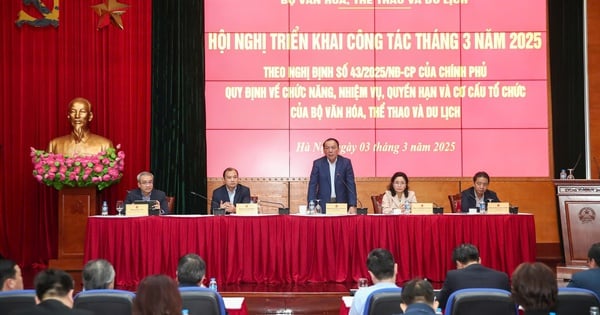



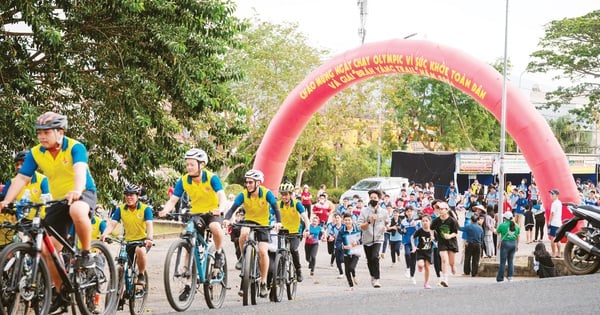
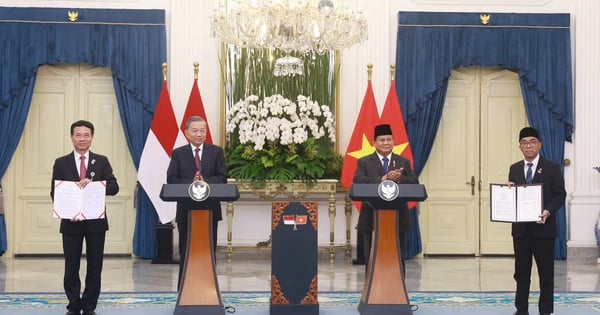
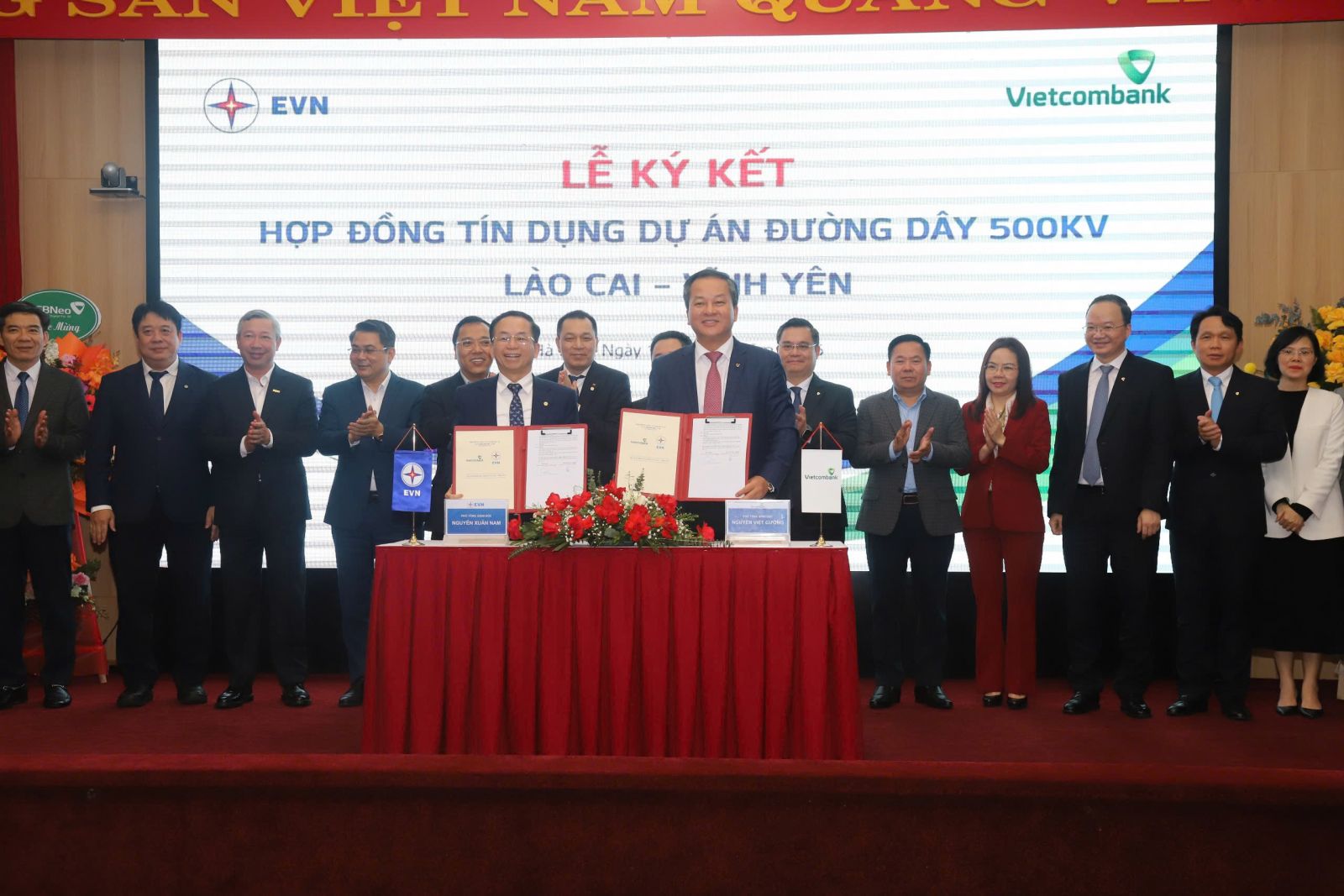












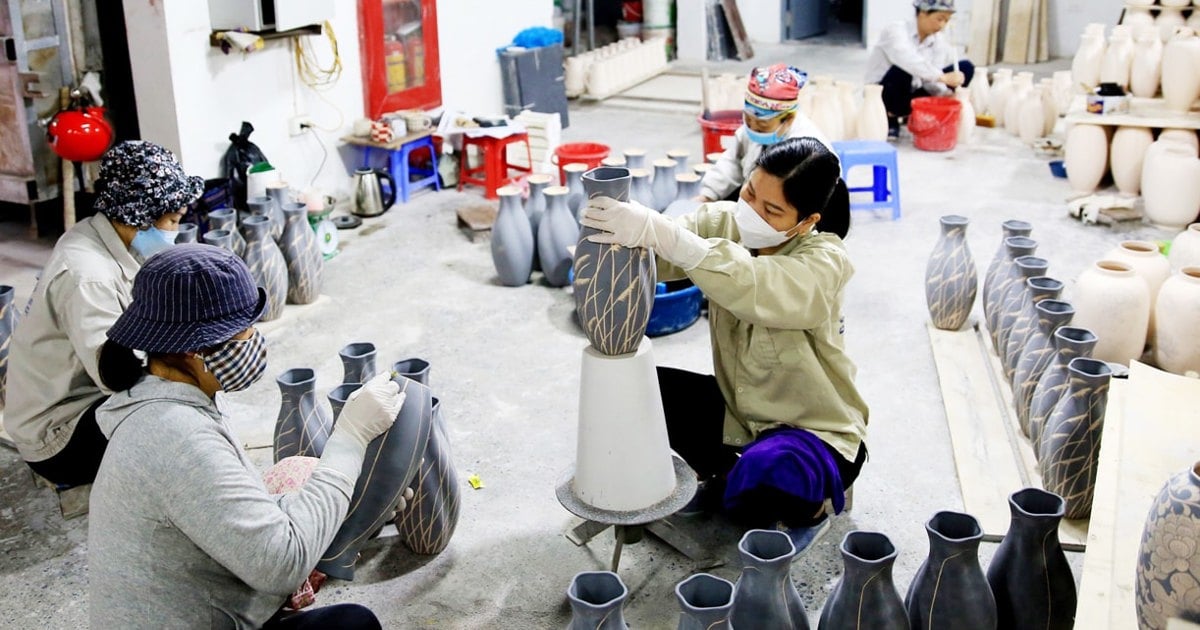
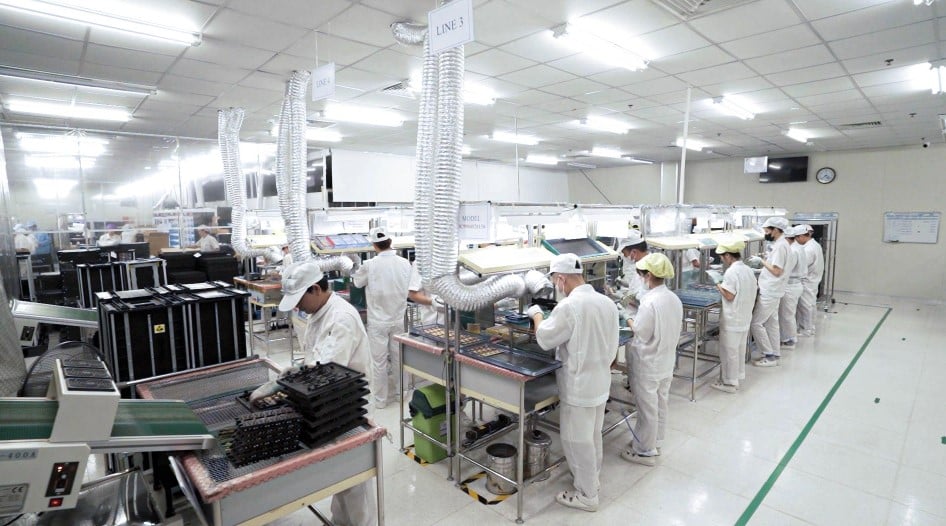
Comment (0)